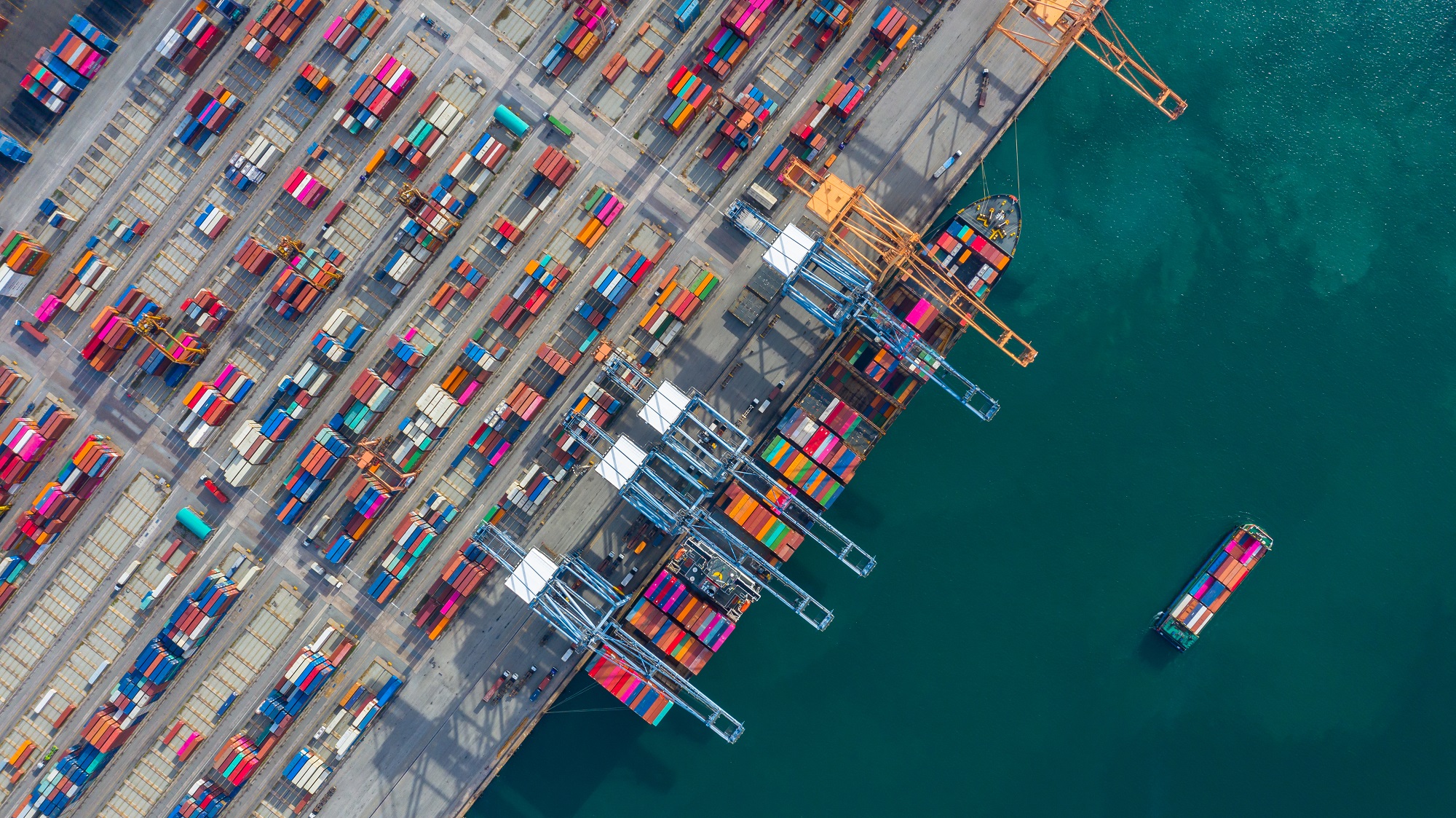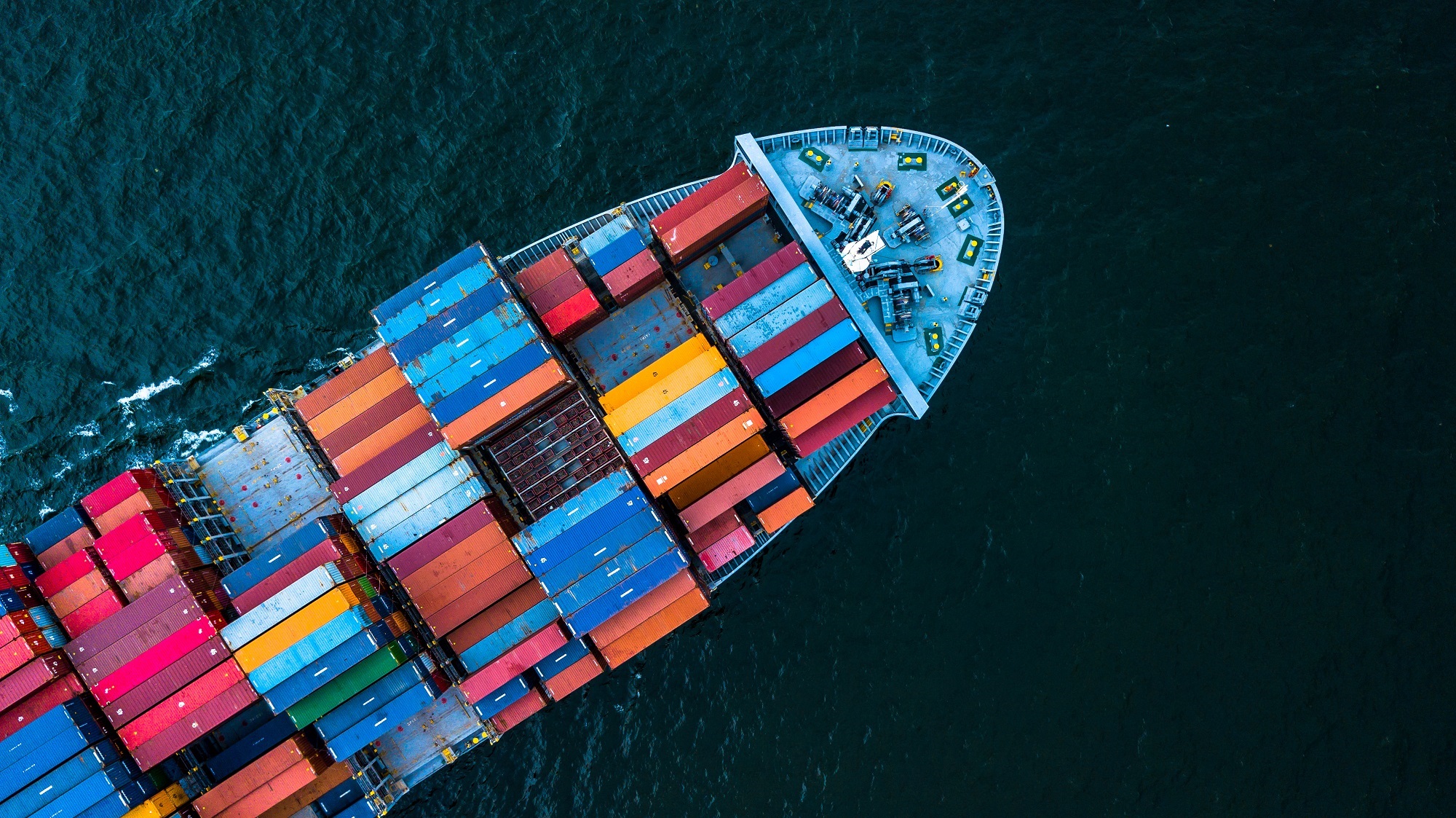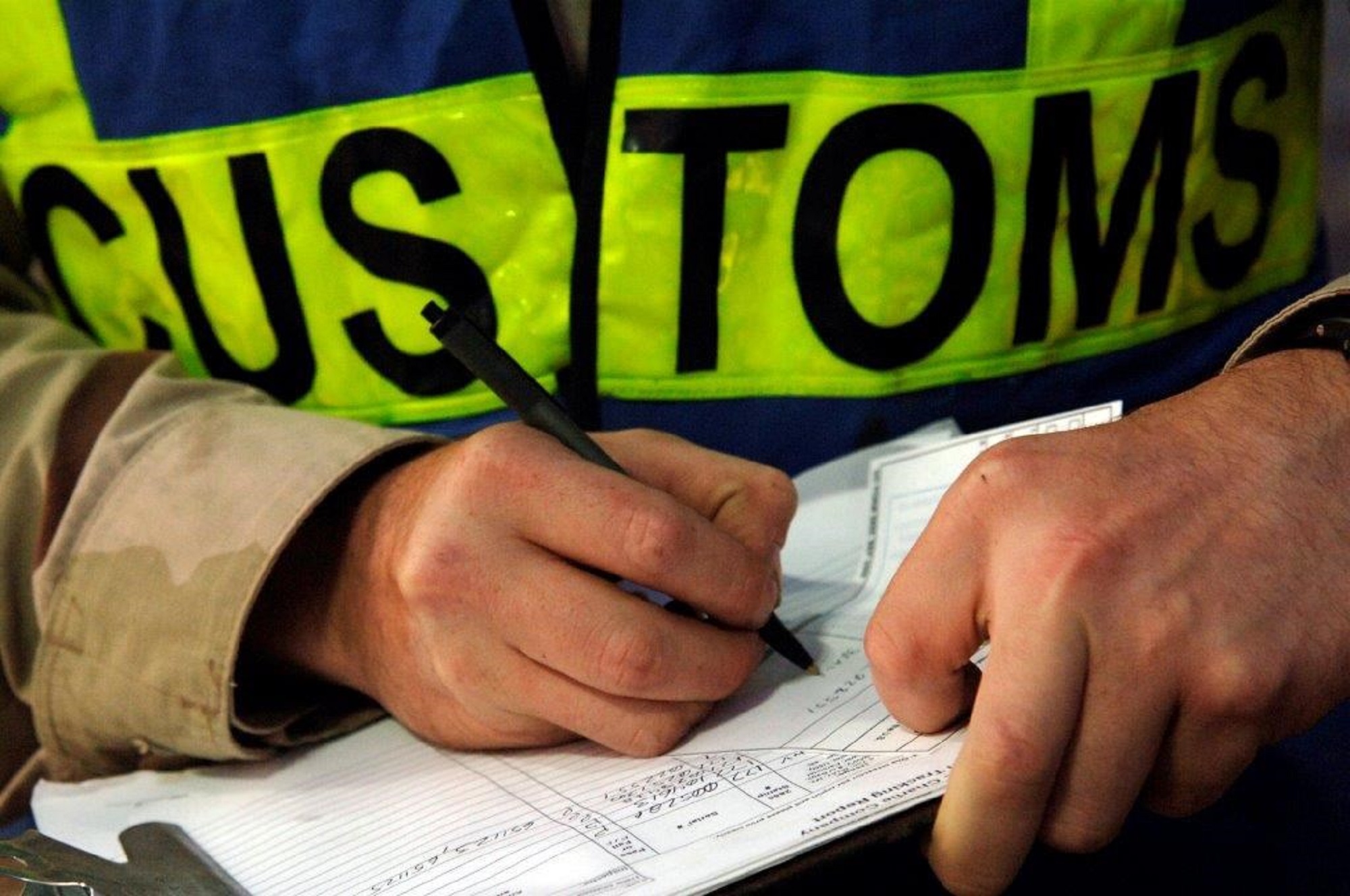Optimising your supply chain starts with mapping the current status and set-up. Where are the goods coming from? Where are they going? Next, find out where you can increase efficiency. Of course you will have to bear in mind the possibilities and restrictions, for example in the area of logistics. After all, the more efficient the process, the lower the expenses and the higher the obtainable profit. It’s as simple as that.
But how can you operate more efficiently? And what opportunities are there? We have listed three practical tips below.
1. Import / storage / distribution: centralise or separate?
It may be beneficial to choose to centralise import, storage and distribution. But in some cases, it may be better to separate them. If the goods come from outside of the European Union (EU) and you have customers both inside and outside of the EU, you may for example consider a customs bonded warehouse. A customs bonded warehouse prevents double import duties. Depending on the specific situation, there are numerous ways in which your expenses can be reduced and your efficiency increased.
2. E-commerce activities: fewer administrative obligations
Are you engaged in e-commerce activities within the EU? As of 1 July 2021, new VAT legislation means that in many cases, you can sell to consumers within the whole EU, with fewer administrative obligations. Thanks to these new rules, it is even easier to expand your market. Read more about the new VAT rules here.
3. More clout with stocks at the right location
One way to increase gains is by agreeing to the right transport arrangements (including Incoterms). This is especially true in cases where goods need to be imported. Importing goods in order to sell them locally in a specific country often leads to administrative work and obligations in the areas of both customs and VAT. You can use this knowledge to your benefit, as there is often a price difference between a supply with or without import, caused by additional expenses such as customs duties, clearance costs, and so forth. If you frequently do business in a specific geographical area, you may choose to hold stock in a centralised location, and to handle the clearance yourself, in order to take care of these obligations for your customers. In this way, you develop more commercial clout, you can deliver faster, and you have clarity in advance regarding the costs of your whole supply chain.
Would you like to adjust your supply chain? Make sure you discuss your plans with your VAT advisor. They may not have a one-size-fits-all integral solution, but using the knowledge and experience gained from helping organisations in similar situations on a daily basis, they are perfectly positioned to assist you in the process. Your VAT advisor is an excellent partner for discussing your supply chain optimisation.
This content was published more than six months ago. Because legislation and regulation is constantly evolving, we recommend that you contact your Baker Tilly consultant to find out whether this information is still current and has consequences (or offers opportunities) for your situation. Your consultant will be happy to discuss the latest state of affairs with you.




